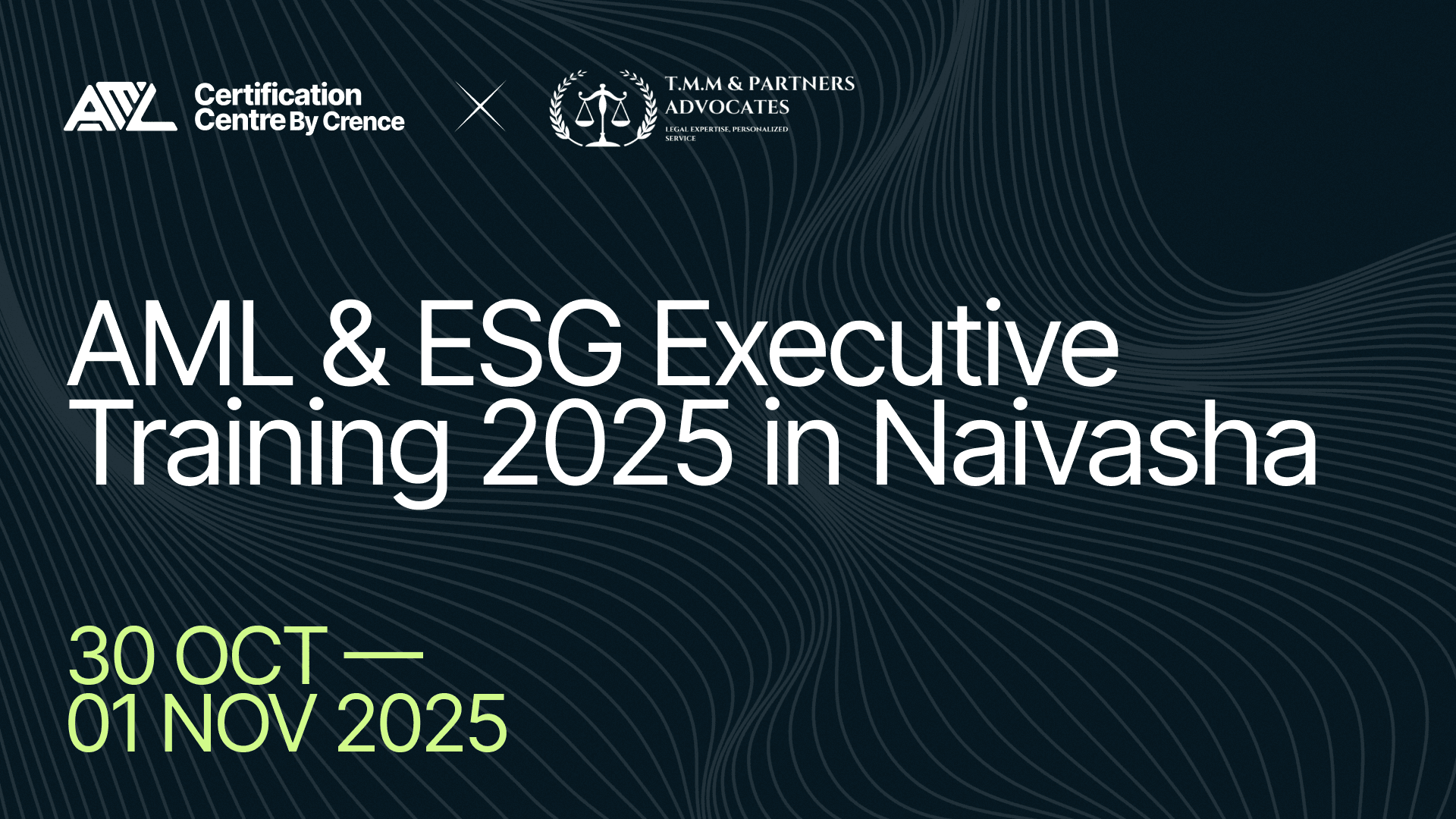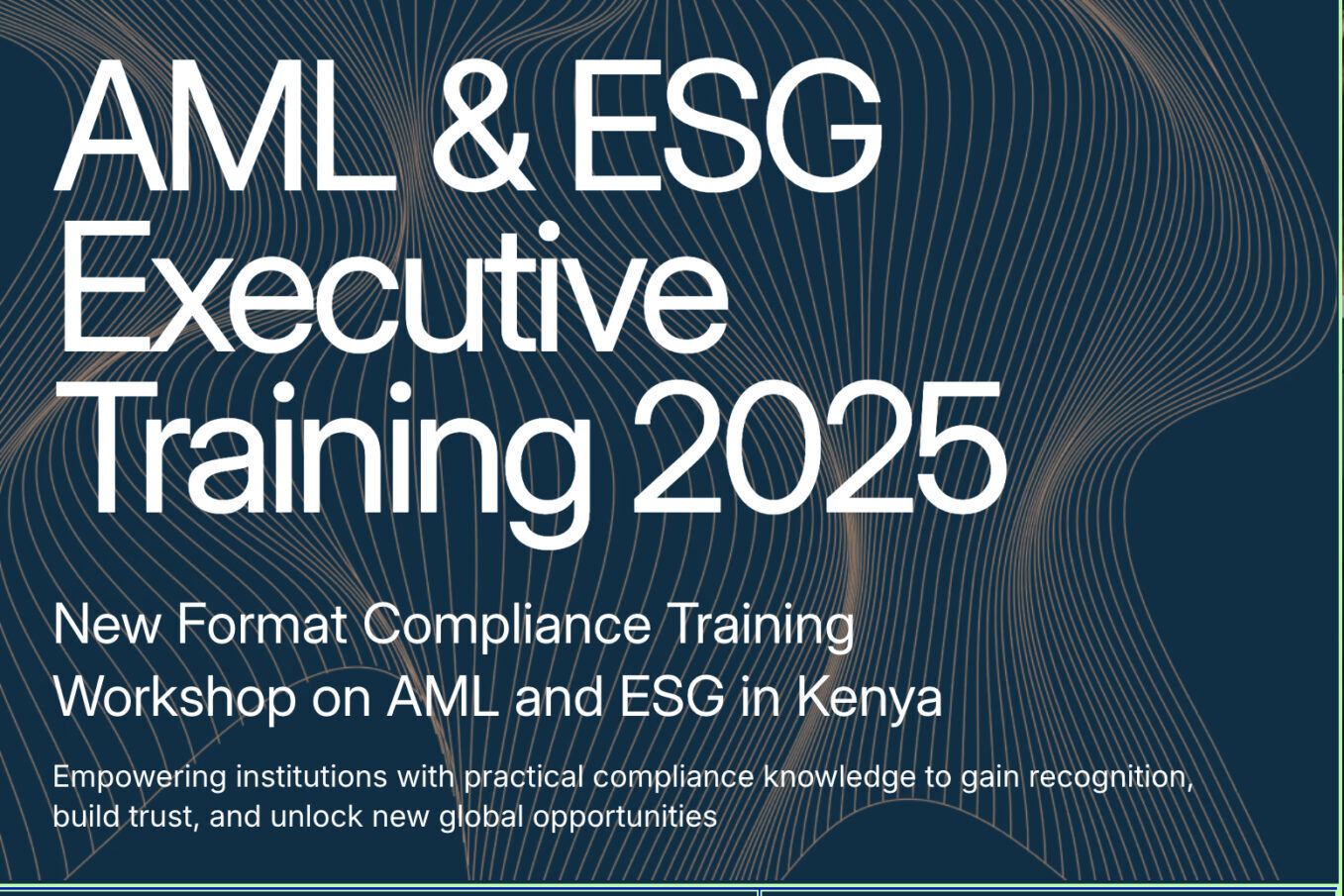Recently, EU regulators have focused on countering financial fraud, illicit enrichment, and the injection of funds to support terrorist organizations. The main focus for the authorities has become control over compliance with AML procedures, expanding liability, and increasing penalties for involvement in money laundering. As a result, the 6th Anti-Money Laundering Directive of the European Union was adopted on December 3, 2020. All EU member states must implement the norms of the 6 AMLD from June 3, 2021. Unlike the 5th MLD, which is more focused on regulating the crypto environment, the 6th AMLD gave additional powers to regulators and increased penalties for non-compliance with AML procedures and rules.
In the 6th Directive, the EU expanded the list of predicate offenses in money laundering to 22 and included cybercrime for the first time. The concept of predicate offenses refers to illegal actions that result in the receipt of funds that can be further legalized by integrating them into the financial system. This directive is particularly important for harmonizing the EU financial environment, enhancing capital protection, and ensuring the safety of corporate operations.
6 AMLD standards and why it is important to apply them
The scale of the amounts involved in illicit financial transactions is staggering, amounting to 2-5% of GDP (over €1 trillion). Up to 70% of criminal networks are active in the EU, exploiting loopholes in the legal framework. In addition, attackers use business structures to hide the origin of their assets, transactions from anonymous accounts, cash smuggling, legalization of funds by investing in luxury goods, and cryptocurrency transactions (without user identification). Such destructive actions undermine the integrity of the EU financial market.
To toughen the fight against money fraud, coordinate authorities, update previously adopted directives and regulations, and expand the range of subjects of application of legislative norms, the EU introduced 6AMLD.
This directive made it possible to:
- Strengthen liability for predicate offenses in money laundering by including cybercrime and environmental damage.
- Designate aiding and abetting as criminal acts.
- Clearly define what constitutes various forms of crime, fraud, corruption, human trafficking, and terrorism financing.
- Increase penalties to 4 years imprisonment for individuals, up to €5 million in fines for legal entities, and apply sanctions and additional measures to limit illegal actions.
- Obligate companies to maintain UBO registers and penalize authorities for failure to comply with or incomplete procedures related to the identification of beneficial owners.
- Increase the transparency of transactions and oblige companies to collect information on customers, keep records of their transactions, and exercise enhanced due diligence in dealing with high-risk countries.
In addition, for businesses registered outside the EU zone but operating in this territory, all the points specified in the new directive are applicable.
What are the goals and objectives of 6AMLD?
The goals of the 6th AML Directive are improvement of AML procedures, expansion of legislation without amending the EU criminal law, strengthening of cooperation, exchange of technologies and expertise, and innovative solutions between member states.
6 AMLD increased the list of predicate offenses and introduced aiding and abetting to the list of offenses. These measures are aimed at bringing to justice those who participated in the early stages of fraud.
According to statistics, the financial industry was the second most affected by cybercrime. Criminals use phishing attacks, malware, flaws in storing passwords and secret keys, unawareness of users, and AI to pass off fake profiles as customers. Therefore, the EU added cybercrime to the list of predicate offenses.
Europol found that to evade sanctions, complex schemes with registration in offshore countries, forged documents, and failure to specify beneficiary information were used. The new directive makes it mandatory to maintain a register and disclose all UBOs.
AML procedures are applicable to crypto exchanges, NFT platforms, and crypto operators, as well as to all other financial institutions.
Speed, decentralization, and anonymity have been the main advantages of digital money. But these same characteristics also help criminals. For example, crypto exchanges have been used to exchange (multiple times) crypto assets from different sources and then withdraw them to third-party wallets. Cryptocurrency exchanges have been used to convert crypto coins of questionable nature into fiat currency. One of the latest schemes has been buying valuable art luxury items with NFT. Companies are now required to identify and verify all those who wish to buy expensive goods with Bitcoin, NFT, etc.
One of the options is to allow member states to add to the list of predicate offenses on their own.
6AMLD transformations
After the introduction of 5AMLD, the authorities found flaws and many gaps that criminals exploited. The 6AMLD transformations are aimed at creating a common benchmark for AML, unambiguous interpretation of financial crimes by all member states, deeper inter-state assistance, rapid detection and investigation of fraudulent schemes, and a call for collective responsibility by all EU members.
Key changes have affected:
- Introduction of tougher measures, fines as part of anti-shadow money legalization.
- Appearance of additional predicate offense meaning, which should reduce risks.
- Increased cooperation, exchange of information within the EU, standardization of concepts, and identification of new areas for fraudsters to avoid punishment.
- Fulfillment of sanctions requirements by companies and individuals with disclosure of data on the ultimate beneficiary.
- Conducting technical audits of businesses to comply with new requirements to determine risk levels, KYC rules, and reporting.
Financial crime schemes are constantly evolving, and authorities and governments are in the process of introducing changes to the rules to mitigate the negative impact on the economy.
Additional predicate crimes for money laundering
The 6th aml directive paved the way for a unified definition of predicate offenses. Previously, each country could interpret this concept in its way, which significantly reduced the success rate in solving financial interstate crimes. The introduction of the list of predicate offenses makes it possible to identify, report, and further investigate fraudulent schemes throughout the EU zone.
The list of predicate offenses now consists of 22 items. The innovations include cybercrime environmental and tax offenses.
Expanded the scope of responsibility for the entire business structure
One of the main changes in the sixth money laundering directive for legal entities was the clause on criminal liability of the entire company (corporation, business partnerships, etc.) if its employees were found guilty of money laundering. Before that, the liability was only on individual individuals who committed the crime. To involve the whole business in monitoring the implementation of KYC and KYB procedures, monitoring of sanctions, compliance and adaptation of new regulations, and prevention of financial crimes, the authorities have expanded the area of liability.
Aiding and abetting are now punishable
Another innovation of the 6th money laundering directive Art. 4 is the application of legal consequences for those who initiated and abetted criminal financial actions. Aiding and abetting is now also punishable. These rules were introduced to penalize those who were originally involved in the fraudulent scheme.
What does 6AMLD change in the way companies work?
Six amld introduces heavy fines and criminal penalties to incentivize companies to ensure that they comply.
Any company, not just financial institutions, payment systems, crypto operators, and exchanges, must comply with all points of the new directive. Shadow funds can be legalized through real estate agencies, jewelry boutiques, or charitable foundations, not only through banks or crypto exchanges. To avoid becoming a front for money laundering, businesses need to implement measures to stop fraud.
Tightening personal and corporate liability in case of violation of AML rules
The EU anti-money laundering directive has tightened the approach to legal entities, requiring them to allocate resources efficiently and identify high-risk transactions. Violations of the AML regulations result in significant financial and reputational losses for businesses.
Compliance with the norms of the directive obliges companies to:
- Thoroughly investigate customers and transactions related to high-risk countries.
- Maintain a register of beneficiaries and fully identify customers.
- Train employees on new policies, procedures, and legislation.
- Appoint a responsible person/AML manager for compliance with regulatory measures, as well as for cooperation with government agencies.
- Introduces new technologies to automate transaction monitoring and apply AI for quick real-time detection of anomalous/suspicious activity. Based on the obtained data, generate a report for regulators.
Legal liability of crypto companies
The EU money laundering directive has had a particular impact on the financial sector, cryptocurrency companies, or platforms offering services with virtual currencies, as well as payment services.
For regulators, virtual currencies only increase the risks and challenges of fraud prevention. While when 5AMLD was introduced as a custodial service provider, cryptocurrency exchanges already had some difficulties in organizing customer identity checks and filing reports, 6 AMLD made compliance even more difficult for the crypto sector.
The new directive expanded the 5 AMLD by holding cryptocurrency companies that fail to take any action to prevent money laundering legally liable individuals who, even though they are not the ultimate beneficiaries, are involved in money laundering.
By the time the directive is implemented, crypto-businesses must:
- Bring all AML procedures into compliance.
- Assess the risks of customer profiles and transactions.
- Train staff
Penalties, restrictions and fines under 6 AMLD
According to Article 5 of the EU money laundering directives, for offenses related to illegal financial transactions, individuals are punished by imprisonment of up to 4 years (previously, it was 1 year).
For legal entities (Art. 8) for violations and money laundering, economic sanctions of up to €5 million are imposed, the possibility of receiving benefits or state aid is deprived, the possibility of participating in tenders and receiving grants is canceled, and the company may be suspended or liquidated by decision of the authorities.
What companies should focus on to comply with 6AMLD
Strengthening of the 6 AMLD rules requires all participants to be particularly cautious when dealing with high-risk clients’ cryptocurrencies, to check the legitimacy of funds, to identify suspicious transactions in time, and to check the existing KYC/AML procedures for compliance with the new requirements.
Financial companies should prepare themselves, invest in staff training on AML procedures or hire an AML-certified manager, improve their technical structure, implement innovative solutions (AI, automated monitoring, and analytics) that can quickly identify anomalies based on big data and generate reports for government agencies, and constantly monitor the adoption of standards in the financial industry. Otherwise, the consequences could be dire. In addition, hiding in another jurisdiction will not be possible because the new directive promotes information sharing and close cooperation between member states.
According to expectations, EU Regulators will only tighten control and penalties for illegal actions, so anyone wishing to conduct financial transactions in this zone should be aware of the adopted legislative standards and timely monitor their changes.
The Impact of 6 AMLD on Business and What to Expect in the Future
EU regulations are evolving rapidly in the fight against shadow income. Each new directive takes into account the shortcomings of the previous one and expands the penalties for misconduct. The innovations brought by the 6 AMLD include standardization of understanding of illegal actions by all member states and an increased list of predicate offenses to include cybercrime and environmental offenses. The main point was a significant increase in liability for individuals and legal entities. Now, the main focus of the company’s activities is to comply with all the standards of the new directive. In addition, businesses should get ready for the introduction of 7 AMLD, as the EU has already started working on new rules and should only expect increased legal penalties in the fight against financial fraud.








